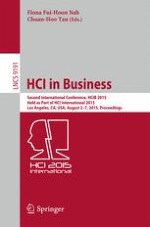2015 | OriginalPaper | Buchkapitel
Low Ambiguity First Algorithm: A New Approach to Knowledge-Based Word Sense Disambiguation
verfasst von : Dongjin Choi, Myunggwon Hwang, Byeongkyu Ko, Sicheon You, Pankoo Kim
Erschienen in: HCI in Business
Aktivieren Sie unsere intelligente Suche, um passende Fachinhalte oder Patente zu finden.
Wählen Sie Textabschnitte aus um mit Künstlicher Intelligenz passenden Patente zu finden. powered by
Markieren Sie Textabschnitte, um KI-gestützt weitere passende Inhalte zu finden. powered by
